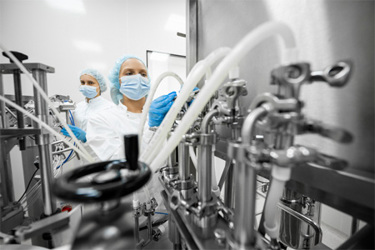How To Avoid Bioprocessing Risks When Using Cable Ties?

In biopharmaceutical manufacturing, the use of cable ties to secure single-use assemblies has long been standard practice—but it comes with costly drawbacks. Cable ties often fail to create a complete seal, leading to leaks, uneven tubing compression, and potential contamination. Their sharp edges and the force required to secure them can damage tubing and slow down workflows, especially in high-volume environments where protective bubble wrap must be applied and removed for each connection.
A case study from a large-volume liquid manufacturing facility in Grand Island, NY, highlights the operational inefficiencies caused by cable ties. With over 350 connections per manifold, daily preparation times were extensive. By switching to the BioTitan™ Retention Device, the facility achieved a 46% reduction in unpacking time per manifold—saving up to an hour of production time each day.
For teams looking to streamline bioprocessing workflows and reduce labor costs, discover how a simple change in connection strategy can drive measurable improvements.
Get unlimited access to:
Enter your credentials below to log in. Not yet a member of Bioprocess Online? Subscribe today.
